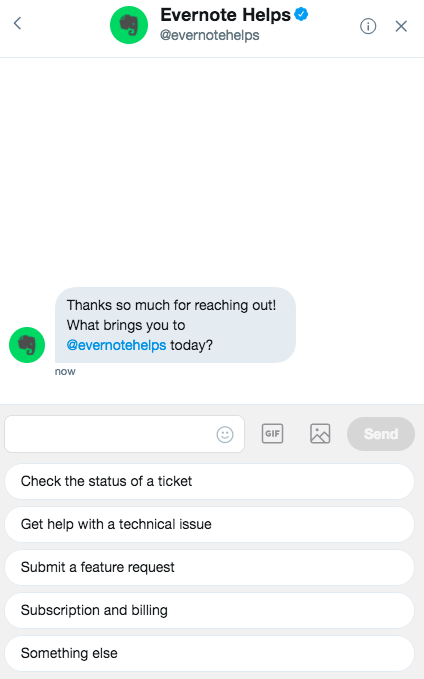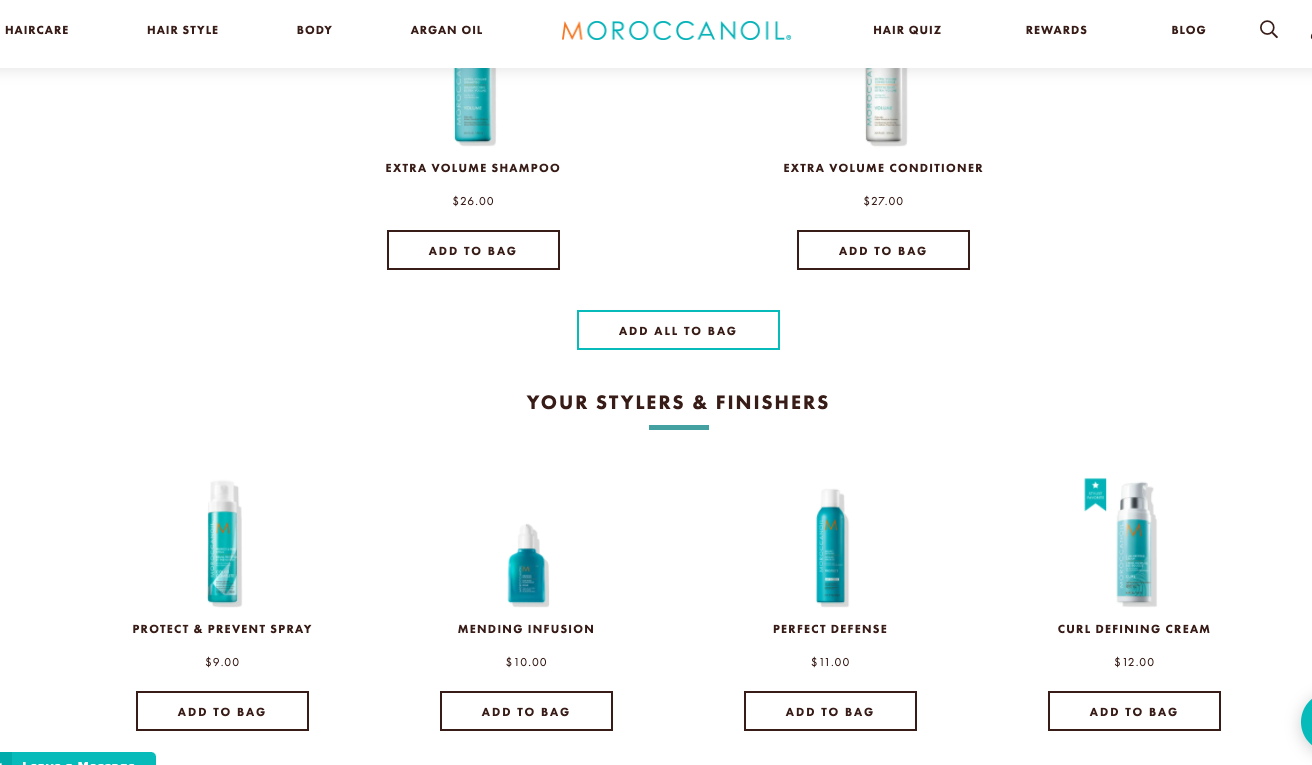It’s easy to assume that conversation design is a one-and-done deal. In reality, you should be constantly tweaking your conversational AI channels to optimize for revenue-focused outcomes, like lead generation or sales. Remember, a chat assistant can do more than just answer FAQs after business hours; it can increase conversions, complete transactions, and upsell customers with the right tactics. In fact, businesses that replace contact forms with a chatbot see an increase in leads of up to 33%.
Conversational conversion optimization is the practice of designing automated conversations via search assistants, chatbots, voice assistants, in-store kiosks, or mobile apps towards one or many desired outcomes—and it all starts with contextual search.
Program your website for contextual search
Contextual search is a strategy for optimizing web-based search results based on the context provided by the user. Search engines collate data such as location, device, demographics, and browsing history to deliver search results optimized for intent rather than relying on basic keyword-matching. For example, market research shows that iPhone users earn 40% more than the average Android user, so they are more likely to encounter luxury goods in search results.
An ecommerce site might lack access to granular user data—especially for first-time visitors—but gathering context is still possible using first-party cookies (a tool for collecting customer analytics data on your site) and natural language understanding (NLU) to interpret the meaning behind a search. Consequently, your ecommerce site should display different search results for a prospect who is looking for information versus one who is ready to buy. Provide links to knowledge articles, how-to guides, or inspirational lookbooks for informational searches. Conversely, if a customer knows what they want, show them product recommendations that are relevant to their interests.
Optimize your conversational AI to infer intent
Conversations are the best way to glean customer intent. Why? You can simply ask visitors why they’re on your site. Program your digital commerce search experience with intake questions designed to infer intent. What does your customer need? How can you help? Provide quick response buttons to help them understand what options they can select. For example, visitors to Evernote’s website are greeted by a bot that lets them choose from a list of actions, such as “Check the status of a ticket” or “Get help with a technical issue.”

While these options are geared towards returning users, you should provide a separate menu for first-time visitors who know nothing about your product and are unsure where to start, such as FAQs and links to knowledge articles.
Five Objectives You Can Achieve with Conversational Conversion Optimization
Once your conversational AI and website are set up to infer user intent and provide contextual search results, decide what outcomes you want to optimize the conversation for, and A/B test different approaches to see what works best.
1. Conversational engagement
Engagement should be your primary objective if the conversation abandonment rate is high. When initiating a conversation with a first-time user, greet them and immediately set expectations. Inform them of what they’ll gain from interacting with your chatbot. For example, Sephora’s chatbot on Facebook Messenger sets users up with: “Get makeup tips and reviews by chatting with us” and prompts them to take action: “Do you want to take a short quiz so we can get to know you?”

Quizzes are extremely helpful for gathering searcher intent to generate personalized product recommendations while also providing a gamified experience for the user. They also help retailers differentiate between “window shoppers” and customers with purchase intent. Give users the option to save their searches by creating an account on your site, which is useful for lead capture while also enabling you to send follow-up emails reminding them to complete their purchase if they haven’t done so.
2. Capture leads and acquire new customers
Conversational interfaces make it easy to gather qualified leads while providing prospects with something of value. Hooks include receiving an instantaneous quote for your service, personalized product recommendations, or exclusive content or downloads not available on your website or in your newsletter.
Offers can change over time or based on user preferences. You might offer a first-time visitor access to a new case study in exchange for their email address, or a one-off discount code for a repeat visitor. Always provide value before you ask for personal information.
3. Upsell or cross-sell
Some contextual search experiences facilitate end-to-end transactions, from product recommendations to payment processing. This makes cross-selling and upselling a natural part of the conversation—as effortless as saying “Would you like fries with that?” For example, if a customer added a rain jacket to their cart, offer a matching pair of wellington boots. Make it easy for them to dismiss the recommendation; you don’t want to annoy them.

If the customer is about to complete a purchase on your site and hasn’t engaged with the conversational experience, don’t try to upsell while the customer is making a payment. No one likes being asked if they’d like to spend more money when they’ve already made up their mind. Instead, program the conversational experience to surface offers when the customer adds an item to their cart, such as complementary accessories or “You may also like…” product recommendations.
4. Provide personalized product recommendations
Spare your customers from scrolling endless product pages and applying search filters to find what they’re looking for. Instead, draw the shopper’s attention to products they might like based on their stated preferences. Having a conversation is far more effective than relying on third-party cookies and browsing history to understand a customer’s preferences.
Start by asking customers which product categories they’re interested in. This is useful for retailers selling a wide variety of products. If your products are more taste-based, such as clothing items or jewelry, let users perform an image search by providing a set of two to four images and asking which one they like best. For example, start with different color schemes or styles and then narrow the search to specific items or product categories. Preferences gleaned from the chat should then be used to personalize the website experience by displaying relevant product pages.
5. Pushing promotional offers
Conversational interfaces are a great way to announce promotions for new customers or those who already engage with your website or chatbot. You can reprogram these at any time to reflect the latest promotions, match user preferences, and A/B test different calls-to-action.

